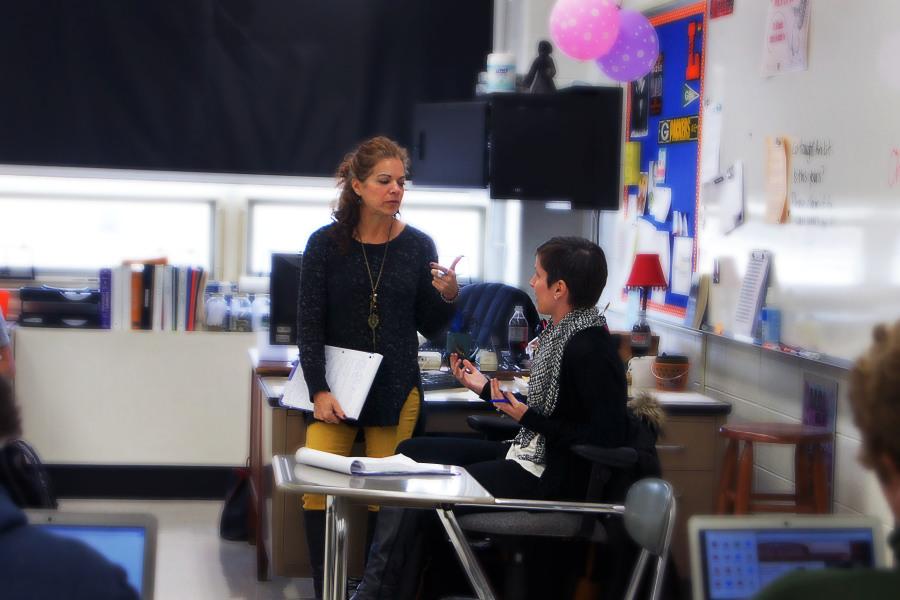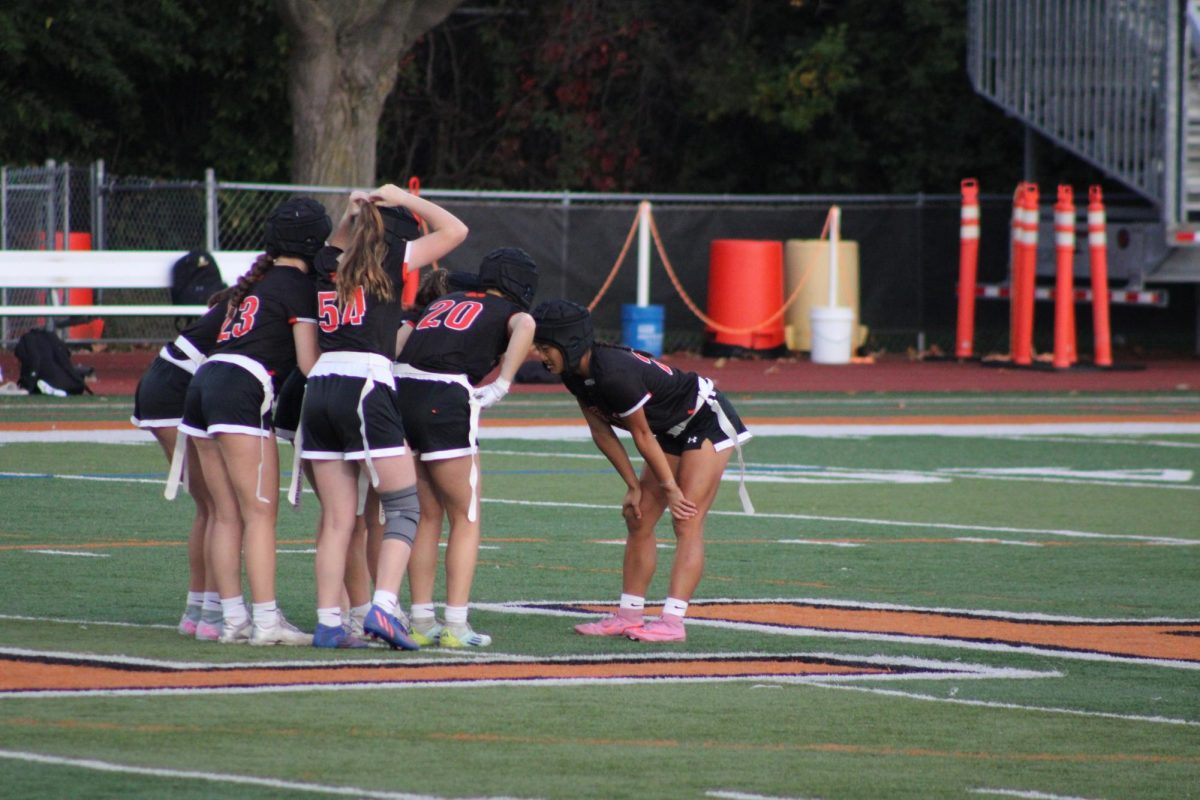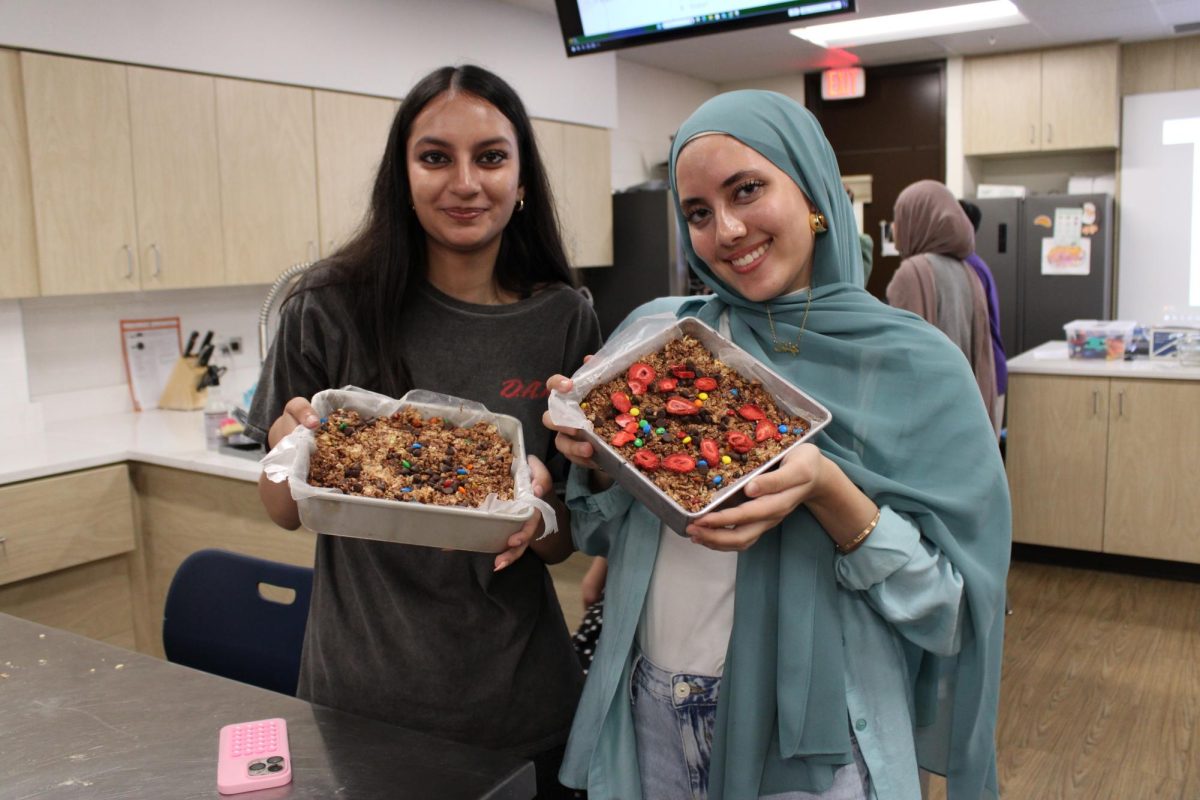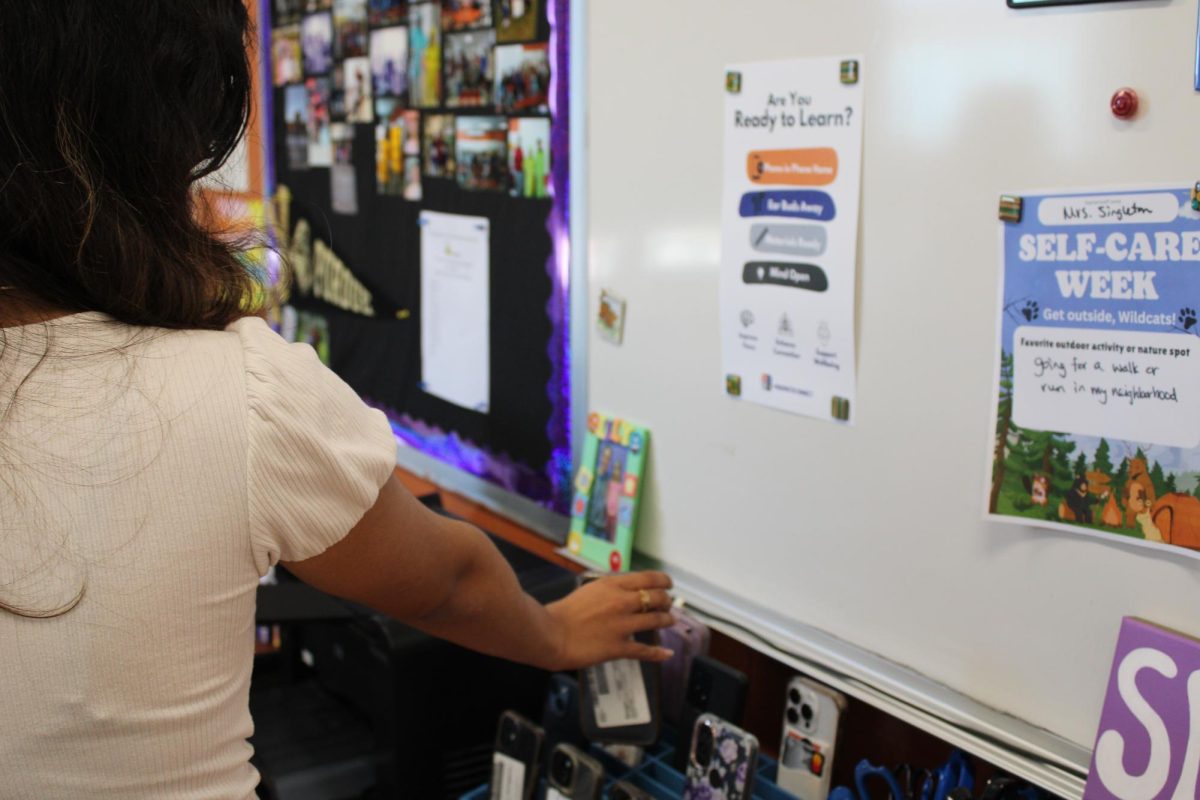Co-teaching, or team teaching, has become more popular at LHS; a couple years ago, department supervisors heard about the success of co-teaching and decided to try it at LHS. Although it had already been used a few times before, it took off in the 2007-08 school year. Co-teaching used to consist of a general education teacher and a special education teacher; now, co-taught classes are more often taught by two general education teachers.
Co-teaching allows teachers to be more aware of what is happening in their classroom, interact with students on different levels and increase individual attention that is given to students. Many of the students have learning disorders, such as ADHD, and simply need to be taught one-on-one.
“Students get two perspectives on the same subject matter so there are times when I may explain something and [Mr. Ryan] Ebling could explain the same topic and he does it in a slightly different way than me,” shared Mrs. Anne Singleton, who co-teaches World Literature with Mr. Ebling “I think it helps our students to hear those two different perspectives and get their own understanding of the material that way. You hear two different perspectives or two different ways of learning the material.”
Although some students have the misconception that co-taught classes are easier, they learn the same material and appear as the same course on the students’ class schedules. The material is taught with the same rigor, just with two teachers supporting the students in the classroom.
“It gives me flexibility to do things in my classroom I don’t know if I would normally do. When we study plays in World Literature, we act them out,” Mrs. Singleton said. “Putting it on stage, so to speak, really got our students excited and whenever we weren’t performing they were disappointed..”
At LHS, the teachers have the opportunity to have some say in which teacher they co-teach with. Because the goal of co-teaching is to keep teachers teaching together as long a possible, the administration does itsbest to pair teachers who will work well together and keep them co-teaching together for as many years as possible.
“The longer you can teach together, the better the experience becomes for your students…every year you can go back to what you did the year before and reflect on it and make is better,” Mrs. Singleton said.
Although co-teaching has many pros, it also has a few cons. Teachers’ styles can be very different and cause problems in the beginning when they get to know each other. Teachers have to learn how to work together and combine their work styles to be able to teach effectively.
Grading can also be difficult for students and teachers; freshman Maddy McInerny, who is in a co-taught Freshman Literature and Composition class, said that sometimes one teacher grades an essay, and students may wonder if the other teacher would have given them a better grade.
“It can be hard to plan lessons because you have to do it together. One, to find the time and two, to be on the same page as far as what needs to be taught and how it needs to be taught… you need to be humble and open to other people’s input… if that works, it’s a lot easier,” said Mr. Ebling.
Other classes, such as biology and algebra, are also co-taught. “It’s really nice because if you’re absent, they can pull you out in the hallway and teach you while someone is still teaching the rest of the class, ” McInerny said.
Freshman Caroline Phagan, who is in co-taught algebra I with Mrs. Jenny Loika and Ms. Nikki Olszewski, said that having two math teachers can be extremely helpful. She said both have different ways of teaching subjects that can help students understand the concept better; “Sometimes teachers have a certain tip on how to understand things. One of the teachers will tell you one way and then the other will teach you a different way and you can tell which way is easier for you.”










